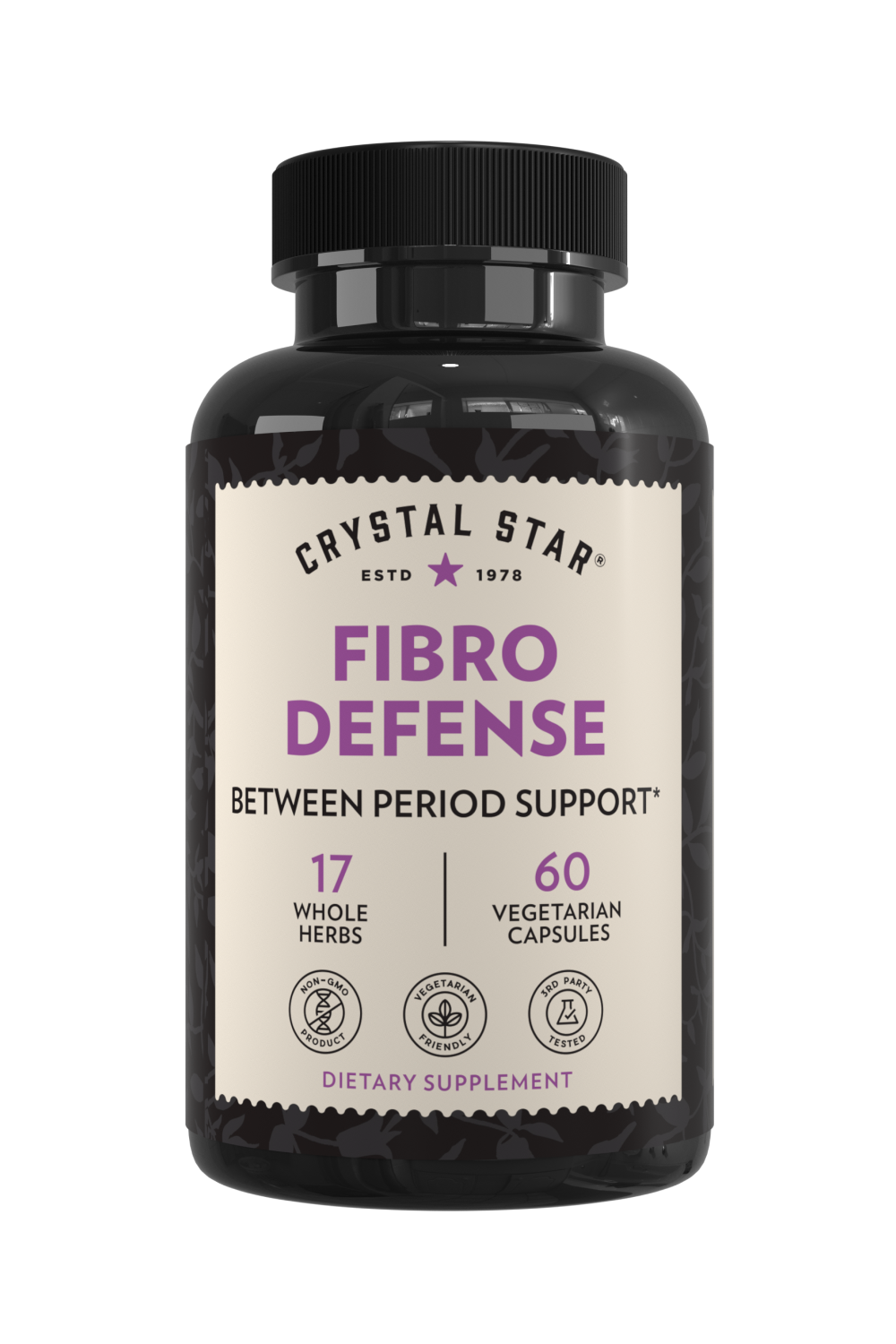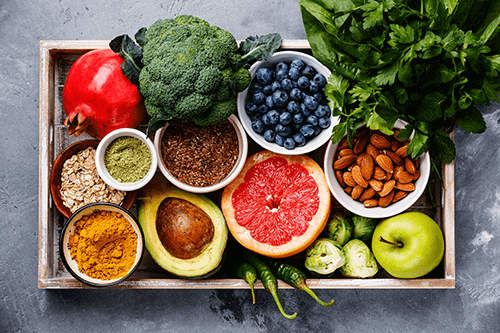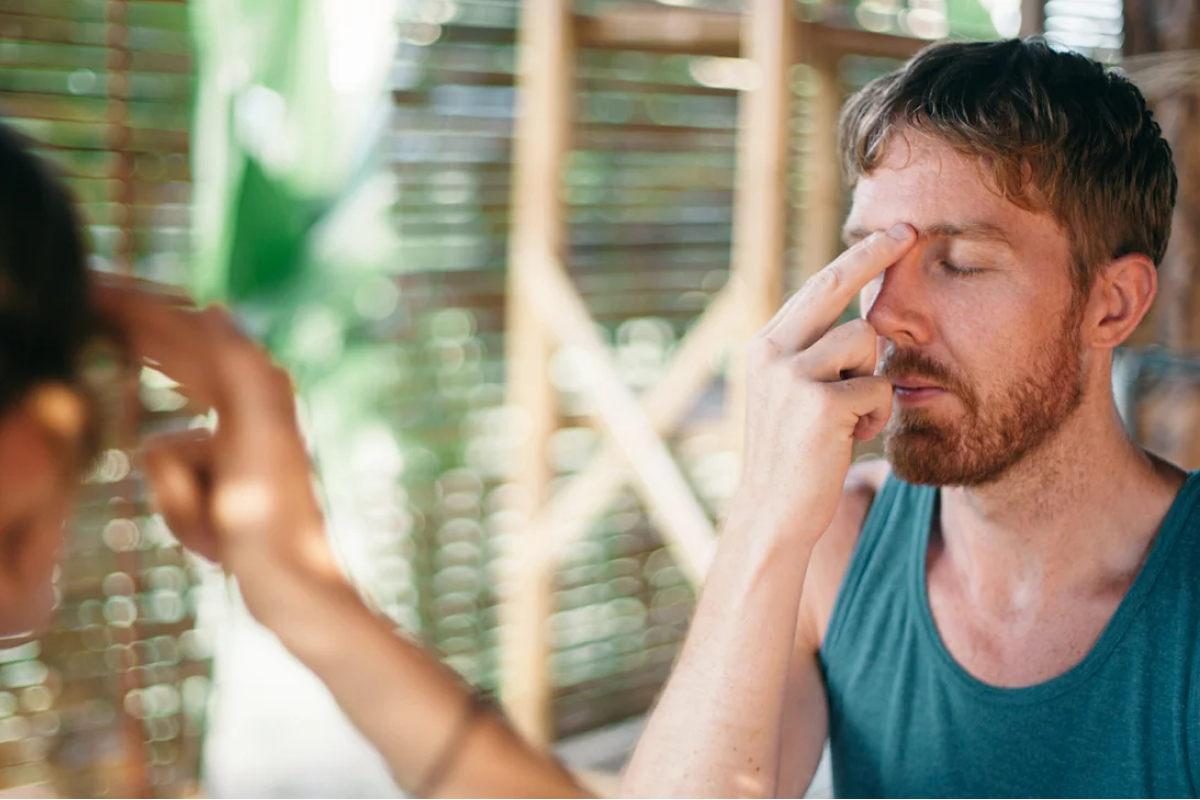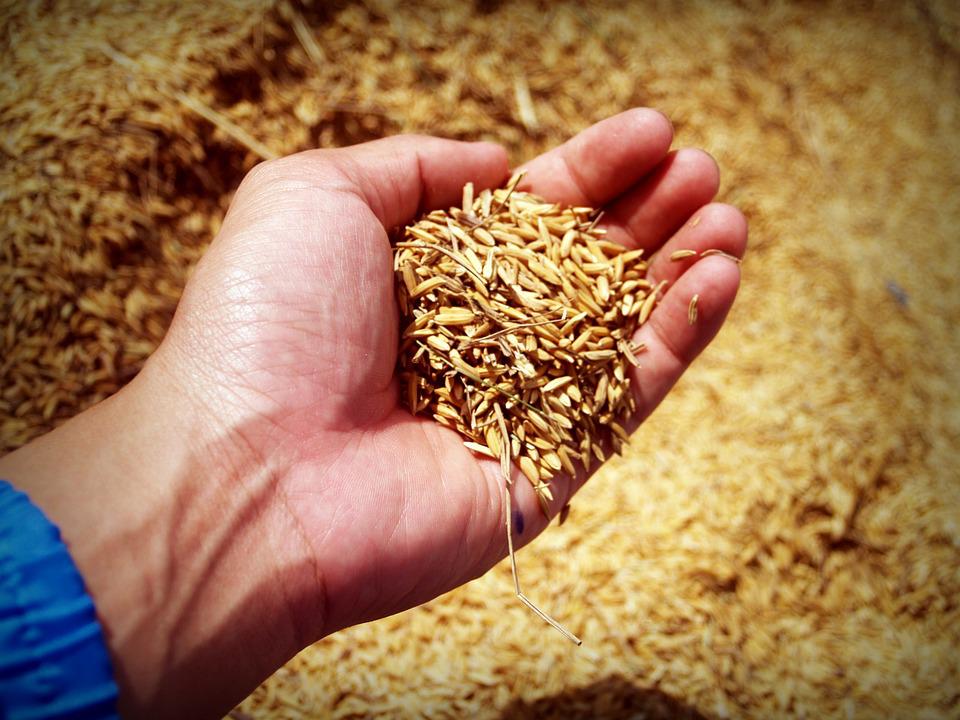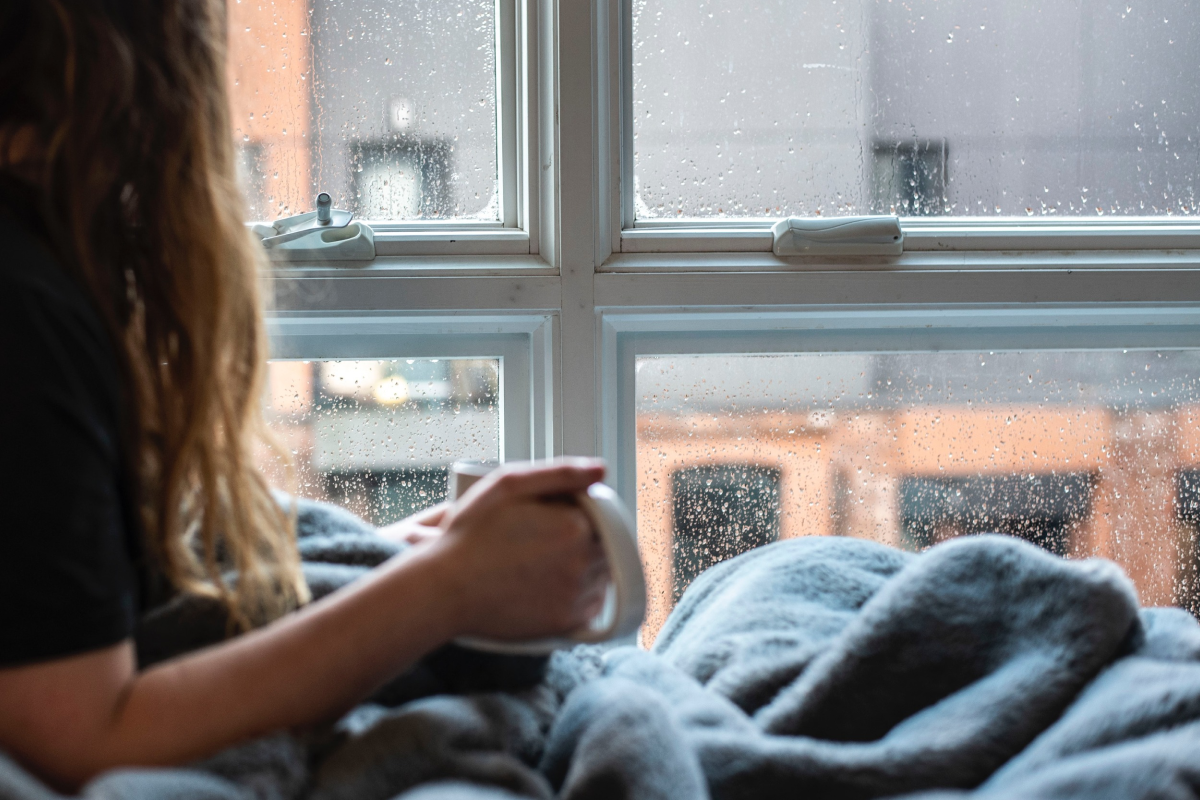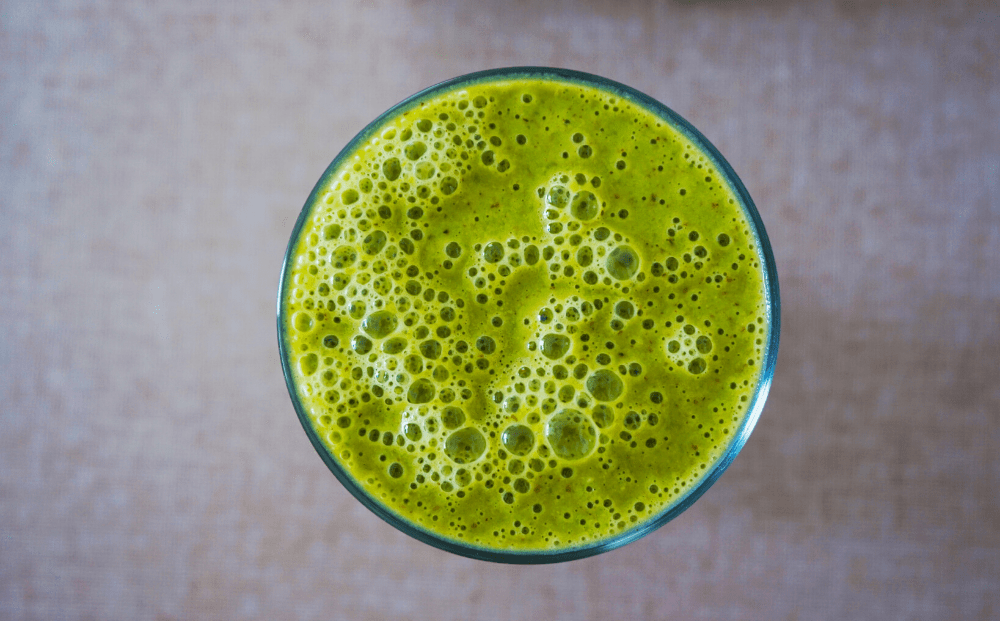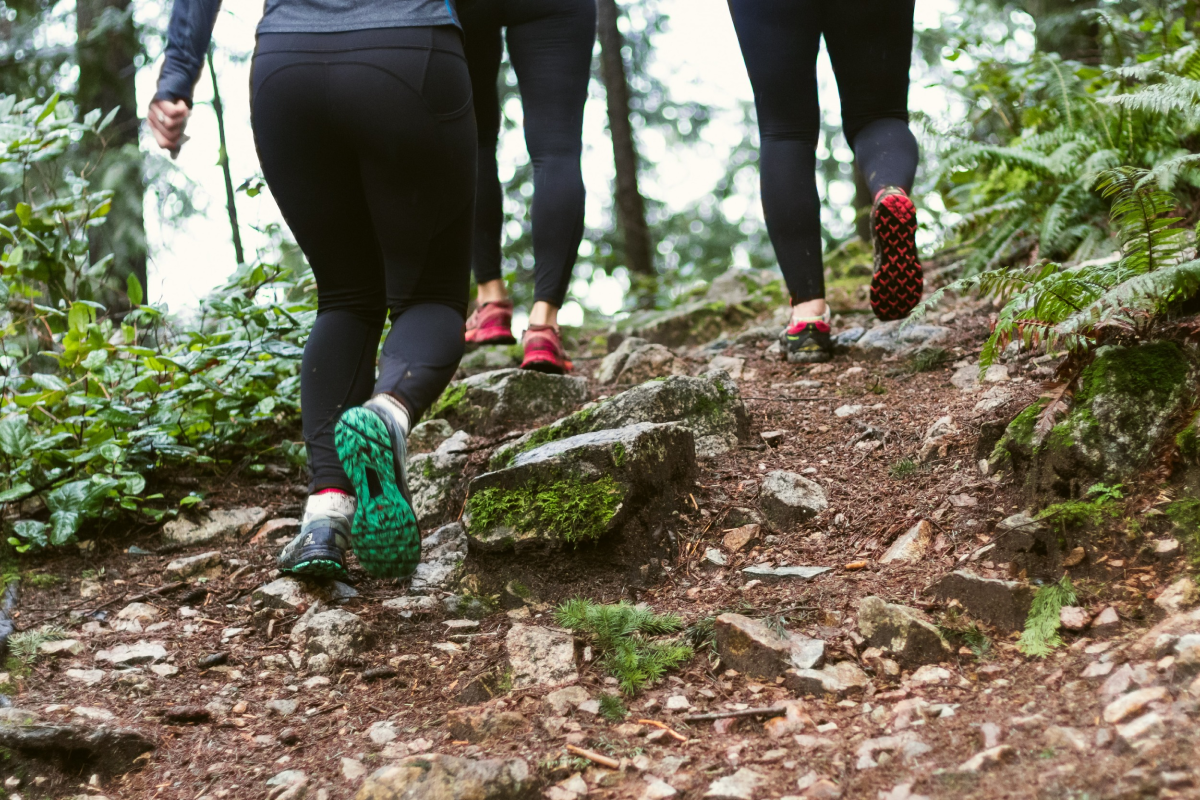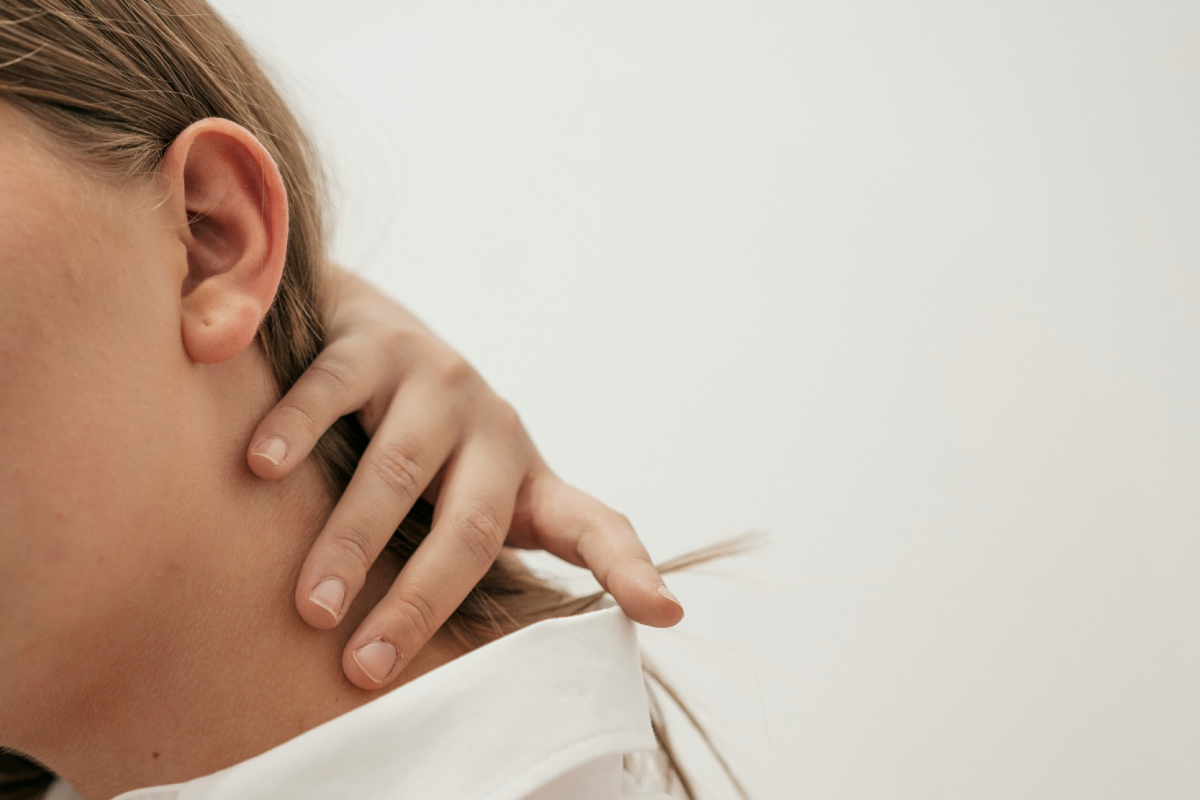
How To Care For Your Sebaceous Cysts
What Are Cysts?
Cysts are keratin or sebum-filled growths that develop under the skin. They’re common, but can also be painful and embarrassing.
Most cysts form as a result of damage to the sebaceous gland (which secretes sebum into our hair follicles) or some portion of the hair follicle itself. This damage can result from infection, acne, sun exposure, or injury, and leads to the accumulation of sebum and/or keratin below the skin. Depending on the exact gland or follicle structures involved in the cyst’s formation, a dermatologist may diagnose it as a trichilemmal (pilar) cyst, or the much more common sebaceous (epidermoid) cyst.
What are the symptoms of cysts?
Regardless of how a cyst forms, the result is a raised bump composed of some mix of keratin and sebum that may go away on its own in 2-8 weeks—or it may not. Cysts usually aren’t harmful, but it’s a good idea to consult your health care provider whenever you notice new growths on your skin. If the cyst becomes red and tender, this may indicate that it has ruptured and needs to be drained by a medical professional to avoid infection.
Where do cysts occur on the body?
Cysts may occur anywhere on your body, except your palms and soles of the feet, where there are no hair follicles or sebaceous glands.
What are the risk factors for cysts?
Smoking, as well as viral, bacterial, or fungal infections can all contribute to cyst formation, as can a rare genetic disorder. Hormones have also been shown to play a role in the development of hair follicle/sebaceous gland structures, and testosterone in particular is implicated in several human skin functions. Changes in testosterone levels are related to excess sebum production and cysts, as well as the development of other skin conditions such as acne.
How To Prevent Cysts
A diet rich in antioxidant-rich foods like sweet potatoes, broccoli, leafy greens, and berries promote skin health, and supplementing with herbal blends with burdock and red clover can also help promote detoxification and immune system health.
Some herbal blends may also help promote healthy shedding of skin cells, reducing the likelihood of cell accumulations that lead to cysts. Look for blends that contain white sage, tremella mushroom, and horsetail. In combination, these herbs may help promote healthy skin texture by assisting cell regeneration and maintaining collagen.
What if my cyst doesn't go away on its own?
Most of the time, sebaceous cysts don’t need treatment. If cysts appear, don’t scratch them or attempt to drain them yourself. Wash the cyst and surrounding area with soap and water and apply a warm compress for 20 minutes to help soften the trapped sebum and keratin. This may encourage the cyst to drain on its own (and relieve some discomfort in the process).
If the cysts don’t subside after two weeks to a month or become painful or unsightly, check in with your primary health care provider or a dermatologist. In-office treatment options include:
- Incision and drainage. The doctor makes a small cut in the cyst and then squeezes out the liquid contents (a la Dr. Pimple Popper). This is a quick-fix, but not a lasting one; the cyst may reappear in a few days.
- Injection. The cyst can be injected with steroid medication to reduce swelling and inflammation.
- Surgery. If the cyst gets too large, you may need to have it surgically removes. Minor surgery is more effective than drainage since it reduces the risk that the cyst will grow back.
- Laser treatment. A doctor will use a carbon dioxide laser vaporizes the cyst. Laser treatment can be very effective, with minimal scarring.
Conclusion
Cysts can be unpleasant to deal with, but are rarely harmful to your health. And while nutritional adjustments and herbal supplementation may help promote healthy skin, they may not be enough to address existing cysts. If your cysts are new or cause you pain, be it emotional or physical, don’t hesitate to contact your health care provider for help managing them.


